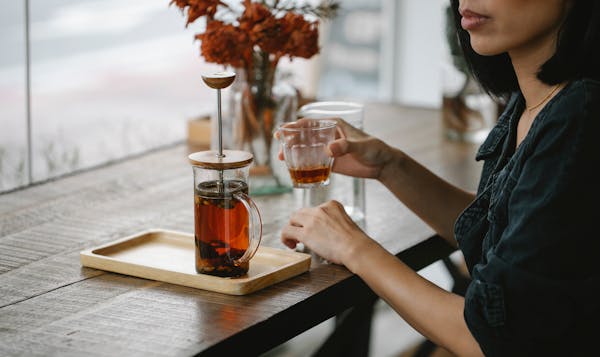Introduction:
In the vibrant tapestry of Indian cuisine, there exists an element that adds not just flavor but also character to dishes – tadka.. This culinary technique is deeply rooted in Indian culinary traditions and plays a pivotal role in elevating the overall dining experience.
Historical Roots:
Tadka, or its regional variants like ‘chaunk’ or ‘baghaar,’ has been an integral part of Indian cooking for centuries. Its origins can be traced back to ancient Indian Ayurvedic practices, where spices were used not only for their flavor but also for their medicinal properties. Over time, as trade routes expanded and culinary influences mingled, tadka evolved into the diverse and versatile technique we know today.
The Art of Tadka:
At its core, tadka involves heating oil or ghee in a pan until it’s hot enough to sizzle the added spices and aromatics. Commonly used spices include mustard seeds, cumin seeds, fenugreek seeds, curry leaves, dried red chilies, and asafoetida, though the combination varies depending on the recipe and regional preferences. The order and timing of adding these ingredients are crucial, as they can significantly impact the final flavor profile.
Regional Variations:
India’s culinary landscape is incredibly diverse, and so are its tadka techniques. In the North, mustard oil is often used for tadka, imparting a distinctive pungent flavor to dishes like dal and vegetables. In contrast, the South favors coconut oil or ghee for tadka, along with mustard seeds, curry leaves, and dried red chilies, lending a more nuanced and aromatic touch to preparations like sambar and rasam.
Health Benefits:
Beyond its role in enhancing flavor, tadka offers several health benefits. Many of the spices commonly used in tadka, such as cumin, turmeric, and mustard seeds, are known for their anti-inflammatory, digestive, and antioxidant properties. Additionally, the process of tempering spices in hot oil or ghee helps release their essential oils, maximizing their therapeutic potential and aiding in better nutrient absorption.
Culinary Applications:
Tadka finds its way into a wide array of Indian dishes, from simple lentil soups to elaborate curries and rice preparations. It can be used to finish off a dish, as in the case of dal tadka, where a final flourish of tempered spices and herbs adds depth and complexity.
Beyond Traditional Borders:
While tadka is deeply entrenched in Indian culinary traditions, its influence extends far beyond national boundaries. Chefs around the world have embraced this technique, incorporating it into fusion cuisines and innovative recipes. From tadka-infused risottos to seasoned grilled meats, the versatility of tadka knows no bounds, offering a tantalizing glimpse into the intersection of tradition and innovation.
Conclusion:
In the rich tapestry of Indian cuisine, tadka emerges as a thread that binds together flavors, aromas, and memories. More than just a culinary technique, tadka represents a cultural heritage passed down through generations, a testament to the ingenuity and creativity of Indian cooks. Whether enjoyed in a humble home-cooked meal or savored in a fine dining setting, the allure of tadka continues to captivate taste buds and inspire culinary exploration, one flavorful dish at a time.



